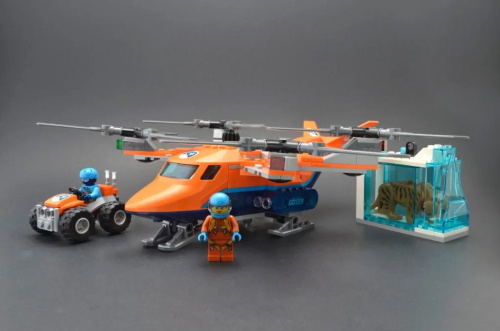Language Wars: Balancing Heritage Languages with English Dominance

In today's rapidly globalizing world, the dominance of English is becoming increasingly prominent. Whether in academia, the workplace, or everyday life, English is being used by more and more people. Statistics show that over 90% of academic publications worldwide are written in English; 45 countries have designated English as an official language; 65 countries prioritize English as the most widely studied foreign language; more than one-third of the global population speaks English; 75% of television programs are in English, and even three-quarters of emails are written in English.
As a result, learning English has become a "must" for many families and schools. People study English not only to pass exams or secure better jobs, but also to connect with the world, understand diverse cultures, and broaden their horizons. Mastering English means having more opportunities to engage with ideas, arts, sciences, and cultures from around the globe—it often leads to greater confidence and a more open-minded self.
However, alongside this trend, a quiet debate has emerged. On one hand, there's the fear of falling behind without English; on the other, there's the concern that learning English might erode one’s native language. In this “language war,” many parents find themselves anxious: how can we equip our children with international competitiveness without losing touch with their linguistic and cultural roots?
Language is not merely a communication tool—it is a vital instrument for human cognition and understanding the world. Especially native languages—they form the foundation of personal identity and cultural recognition. An individual’s way of thinking, sense of self, national identity, and cultural depth are all deeply rooted in their mother tongue. Without a solid foundation in their native language, children are like rootless floating plants—they lack an anchor to grow upward and a sense of belonging.
In fact, the strength of a child's native language skills directly influences their cognitive development and ability to absorb knowledge. In bilingual education, a solid mother tongue foundation enables positive language transfer, allowing smoother and more accurate switching between languages. Furthermore, native language education is not just about teaching words and grammar—it is about passing down family values and cultural heritage.
Some worry that bilingual learning might confuse children linguistically. However, the American Academy of Pediatrics Parenting Encyclopedia states that if a household uses two languages, parents need not worry about children being confused. During early language development, children might mix words from both languages, but over time, they will naturally learn to distinguish and use them properly.
Research from MIT also found that the “critical period” for language learning can extend up to ages 17 or 18. Learning a second language before the age of 10 offers the best chance of achieving native-like proficiency. Therefore, with the right approach, children can master two or even more languages—it doesn't have to be a choice between one or the other.
The key lies in creating a supportive language environment that allows children to grow naturally in a multilingual context.
For parents who speak English, daily life offers countless opportunities to use the language with their children—such as implementing an “English Day” once a week, where the whole family only speaks English. This turns language learning into a natural part of life, not a source of pressure.
For parents with limited English, there are still many effective strategies: playing English songs, cartoons, or audio stories that children enjoy; using AI voice assistants for interactive English conversations; enrolling children in immersive English activity classes where they can learn through play and engage with peers in English.
Most importantly, we must respect children's interests and pace. Avoid forcing or imposing learning. Language acquisition should be enjoyable and self-driven. Protecting children’s curiosity and love of learning is essential in raising multilingual, multicultural individuals.
We cannot deny the opportunities that English brings—but neither can we overlook the cultural value of our native languages. English may be the wings that let us soar farther, but our mother tongue is the root that keeps us grounded and steady.
A true “global citizen” is not just someone who speaks multiple languages—but someone who understands and respects diverse cultures. They appreciate the emotional depth and etiquette of Eastern traditions while also embracing the logic and rationality of Western thought. They are not isolated cultural “islands,” but bridges between civilizations.
Thus, our goal should not be to choose between English and our heritage language, but to find a wise balance. Language should empower our children to connect with the world, while also strengthening their sense of identity, family, and culture.
In this era of global diversity and connection, let us help our children gaze at the stars while staying rooted in the soil from which they come. That is the true essence of language education.







